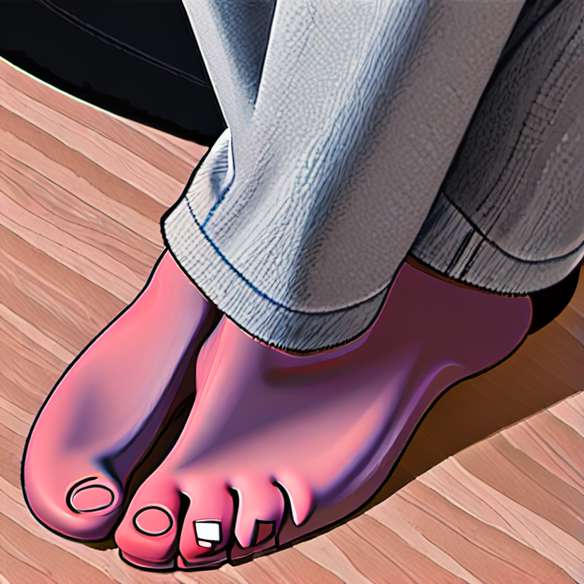Foot reflexology: foot therapy

What was your approach to foot reflexology?
Each therapist has a different approach because reflexology is a real profession, it is not a simple foot massage. It is still too often considered as well-being. Even if at first we learn massage techniques. I have followed four years of body psychology. A very important training to understand what symbolizes the fact of having trouble at this or that place. I have also read a lot of books on the subject and I regularly attend internships. Experience is obviously paramount. The more feet you touch, the more you understand the mechanism. I would add that one must have worked on oneself to be able to listen to the other, to forget oneself.
What is the action of reflexology on the body?
Each reflex zone of the foot corresponds to an organ or a specific part of the body. There is a precise mapping of these different areas (parts that we mass). Sometimes the body does not have the energy to fight a small problem. The pressure exerted on the reflex zones of the foot makes it possible first of all to locate what is wrong then to stimulate and send energy to the missing organ and thus restore the equilibrium.
The foot is the memory of all that you have lived. The psychological approach is therefore very important in plantar reflexology, because often when the head does not accept something, it is the body that reacts. We must therefore find the origin of the problem, understand it. The patient must be a minimum actor in this therapy and be ready to listen to his body.
What types of problems can be treated?
We treat more specifically what is functional such as musculo-articular pain, digestive, respiratory, circulatory, genital etc. Reflexology can also play a role in accompanying important drug treatments, for example.
What happens during a session ?
I always start with a foot bath. It's a way for me to show the patient that I'm putting myself at his service. I do not use oil or cream, the session is not a massage of well-being. I always ask the patient why he chose this therapy. Some feel the need to talk a lot, others do not.
I adapt to everyone. I listen to the body through the foot. And most importantly, I judge what the patient is capable of accepting. Every country has its technique. For example, the Chinese support strong, more in depth. In South Africa the approach is more subtle, softer. I notice that the more you work in subtlety, by touching your feet, the more you work with the unconscious. Sometimes it is helpful to push deeper so that the patient feels some pain and understands what is not working well in their body.
Each therapist has a different approach because reflexology is a real profession, it is not a simple foot massage. It is still too often considered as well-being. Even if at first we learn massage techniques. I have followed four years of body psychology. A very important training to understand what symbolizes the fact of having trouble at this or that place. I have also read a lot of books on the subject and I regularly attend internships. Experience is obviously paramount. The more feet you touch, the more you understand the mechanism. I would add that one must have worked on oneself to be able to listen to the other, to forget oneself.
What is the action of reflexology on the body?
Each reflex zone of the foot corresponds to an organ or a specific part of the body. There is a precise mapping of these different areas (parts that we mass). Sometimes the body does not have the energy to fight a small problem. The pressure exerted on the reflex zones of the foot makes it possible first of all to locate what is wrong then to stimulate and send energy to the missing organ and thus restore the equilibrium.
The foot is the memory of all that you have lived. The psychological approach is therefore very important in plantar reflexology, because often when the head does not accept something, it is the body that reacts. We must therefore find the origin of the problem, understand it. The patient must be a minimum actor in this therapy and be ready to listen to his body.
What types of problems can be treated?
We treat more specifically what is functional such as musculo-articular pain, digestive, respiratory, circulatory, genital etc. Reflexology can also play a role in accompanying important drug treatments, for example.
What happens during a session ?
I always start with a foot bath. It's a way for me to show the patient that I'm putting myself at his service. I do not use oil or cream, the session is not a massage of well-being. I always ask the patient why he chose this therapy. Some feel the need to talk a lot, others do not.
I adapt to everyone. I listen to the body through the foot. And most importantly, I judge what the patient is capable of accepting. Every country has its technique. For example, the Chinese support strong, more in depth. In South Africa the approach is more subtle, softer. I notice that the more you work in subtlety, by touching your feet, the more you work with the unconscious. Sometimes it is helpful to push deeper so that the patient feels some pain and understands what is not working well in their body.








